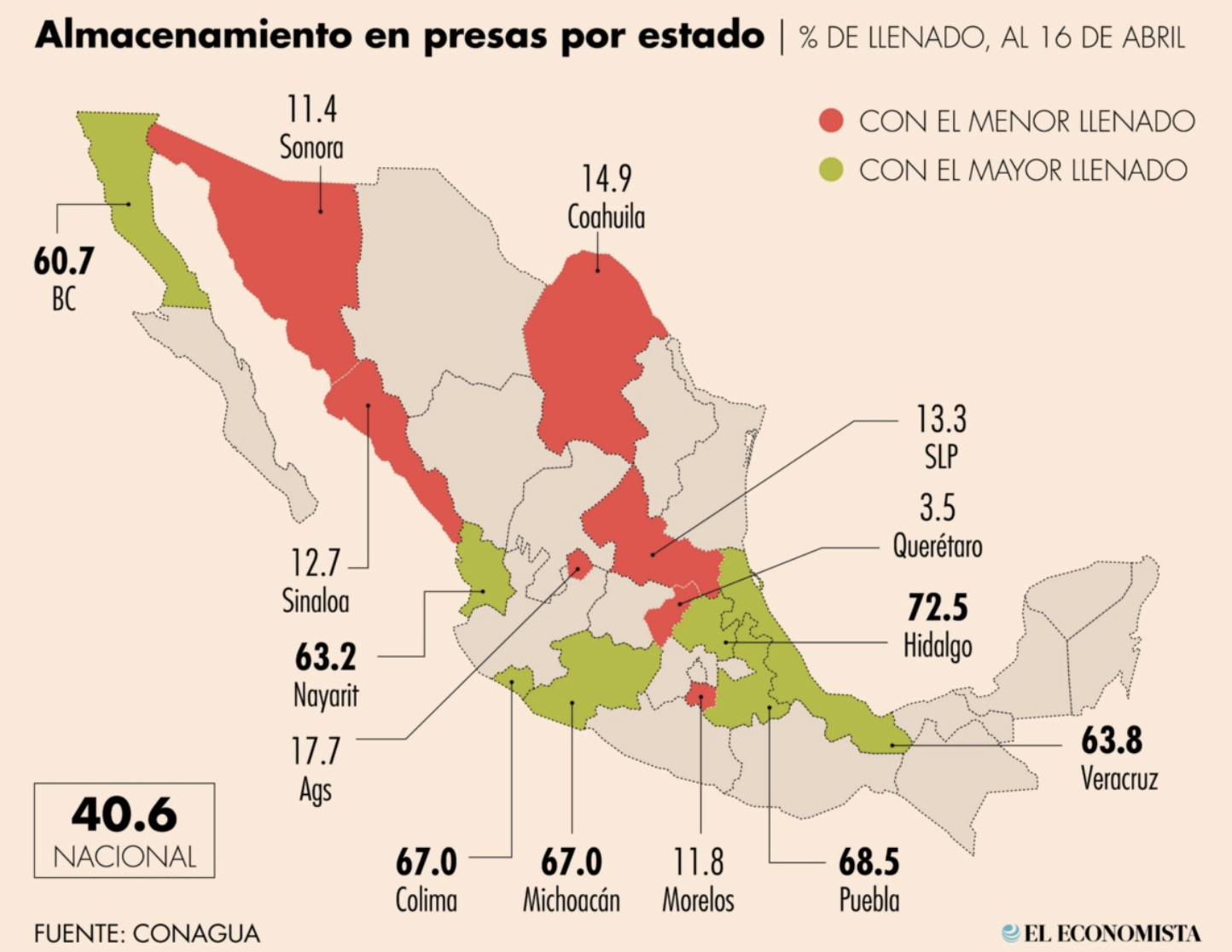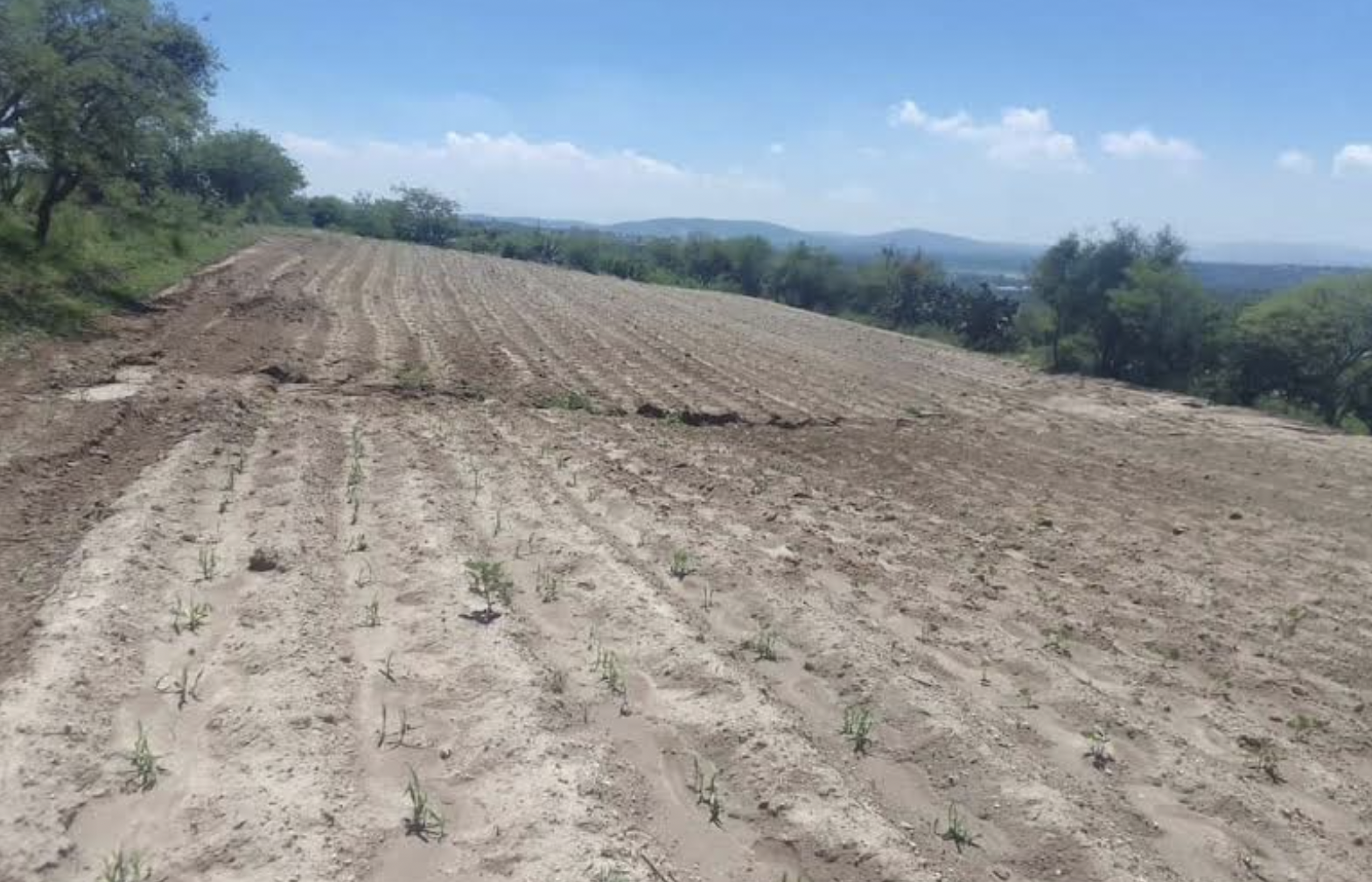Construction of Imperial Valley water reservoir begins
23 octubre 2008The reservoir will mean more water for coastal Southern California, southern Nevada and central Arizona — where water agencies have agreed to split the cost.
For decades, the United States has allowed Mexico to receive more water from the Colorado River than it was assured under a 1944 treaty. The excess water came from those occasions when more water was surging down the river than Imperial Valley farmers could use.
But with the region suffering a historic drought, the U.S. Interior Department took the lead in devising a project to capture excess water from the All-American Canal rather than allowing it to flow south of the border.
The reservoir, scheduled to be completed in August 2010, is the second Imperial Valley project that will mean more water for the United States but less for Mexico. At a cost of nearly $250 million, a 23-mile stretch of the All-American Canal is being lined with concrete to prevent seepage.
Seepage from the canal, and excess flows from the Colorado River, have helped replenish the Mexicali Valley aquifer. Studies by San Diego State and the Mexican government have predicted dire consequences for thousands of Mexican farmers because of the lining and reservoir projects.
When the canal-lining project was in the planning stage, U.S. and Mexican officials began negotiations to find ways to diminish the effect on Mexico. The talks broke down when the Mexican government sued — unsuccessfully — to block the project.
Last year, Interior Secretary Dirk Kempthorne and his Mexican counterpart agreed on a binational study group to find ways to stretch the Colorado River supplies for both countries.
Kempthorne, the key speaker at Tuesday's groundbreaking, said he remained hopeful that the two countries would find solutions to their common problem: drought.
He called the reservoir "a triumph for common sense water-management policy" and noted that it brought together three agencies that have feuded for years over allocations from the Colorado River.
The cost is to be split among the Southern Nevada Water Authority ($115 million), the Central Arizona Project ($28.6 million) and the Metropolitan Water District of Southern California ($28.6 million).
Each will receive a share of water in proportion to how much it has paid.
The water will be sent from the All-American Canal into the 500-acre reservoir in times of surplus. When farmers in the Imperial Valley need water, they can draw it from the reservoir. In turn, the three agencies paying the cost will be allowed to boost their share from the Colorado River.
Despite the canal lining and reservoir, Mexico will still receive its allocation under the 1944 treaty, officials said. The reservoir is next to the All-American Canal, 35 miles east of El Centro.
For Metropolitan, the additional water comes as the agency's board of directors is set to begin discussions about possible mandatory cutbacks to its customers in six counties.
"This project could not have come at a better time for Metropolitan," said Roger Patterson, the agency's assistant general manager. "Our water supplies are under a great deal of pressure."
Perry is a Times staff writer.
Artículos relacionados
Otras Publicaciones
 Nacional
Nacional
Michoacán- El lago de Pátzcuaro en México está desapareciendo: autoridades culpan a la sequía y al robo de agua (CNN)
19 abril 2024 Nacional
Nacional
Cdmx- ¿Se acaba el agua? Esta es la cantidad que tiene el Sistema Cutzamala (Informador)
19 abril 2024 Nacional
Nacional




